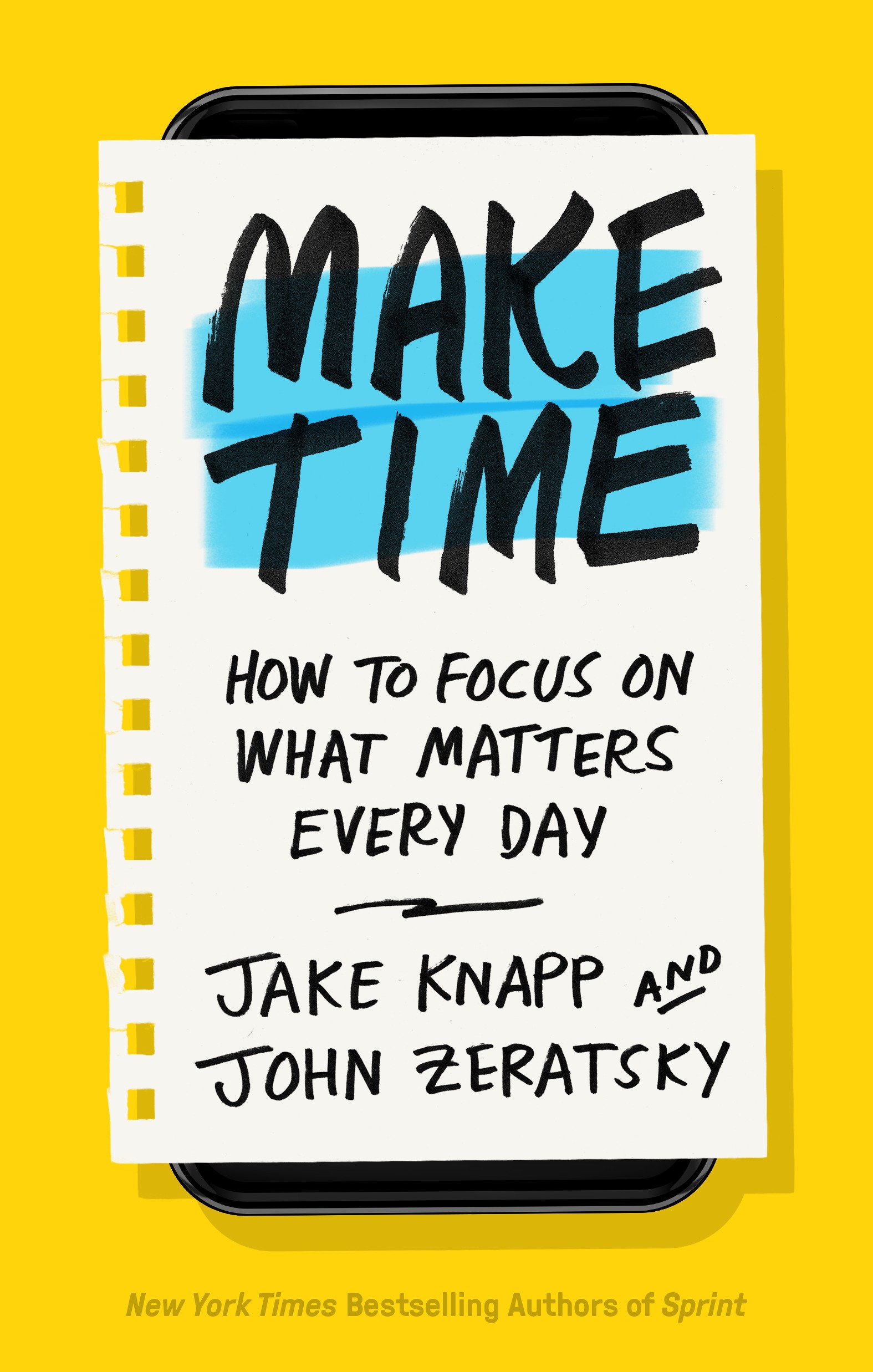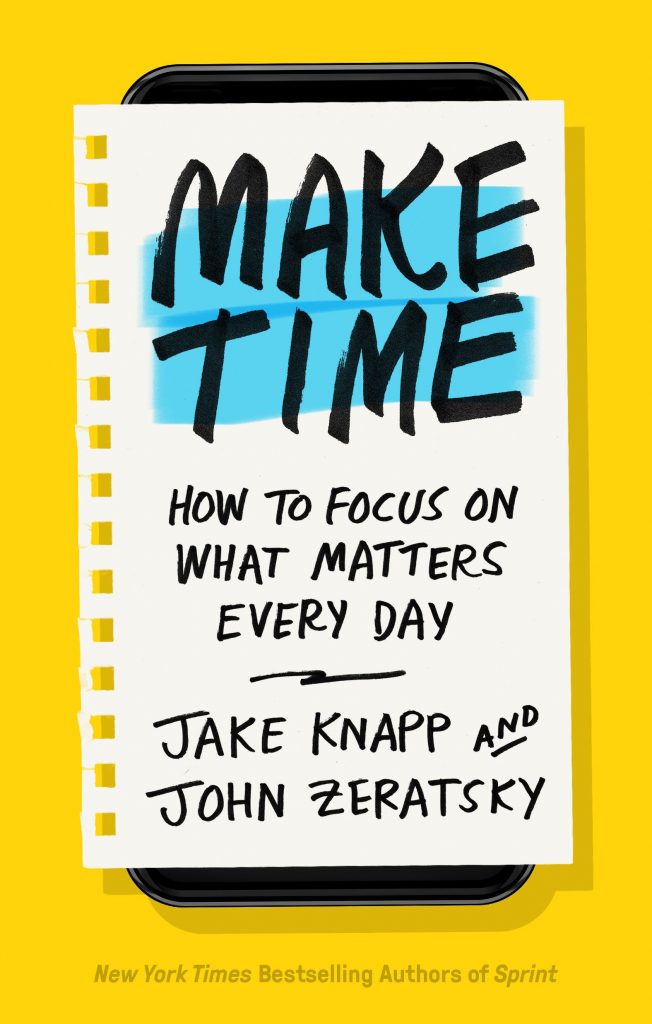Another day, another self-help book that takes time away from things I should really be doing. Call it a form of distraction. But, oops, this is precisely what Jake Knapp and John Zeratsky in Make Time: How to Focus on What Matters Every Day (Currency/Crown, 2018) try to steer us away from.
[timeless]
Q2 hedge fund letters, conference, scoops etc
They offer a four-step process for “making time.” First, highlight—that is, decide what you want to make time for. “Each day, you’ll choose a single activity to prioritize and protect in your calendar.” It can be anything—finishing a presentation, cooking dinner, playing with your kids, or (yes) reading a book. It can be something that’s urgent and/or something that gives you satisfaction and/or joy. It should take between 60 and 90 minutes. Second, beat distraction. Third, energize. And fourth, reflect. Steps two through four should be pretty self-evident, but the authors explain them in sometimes seemingly controversial detail. For instance, “if you live a little more like a prehistoric human, we predict you’ll enhance your mental and physical energy.” This does not mean to go on a paleo diet but merely to move, eat real food, go off the grid, socialize, and get enough good sleep.
Many of the principles behind this book were inspired by the Google design sprints, created by one of the co-authors (Jake). A design sprint was “a workweek redesigned from the ground up. For five days, a team would cancel all meetings and focus on solving a single problem, following a specific checklist of activities.” In 2012 the authors started working together to run these sprints with startups in the Google Ventures portfolio. Over the next few years they ran more than 150.
From the design sprint laboratory the authors learned that something magical happens when you start the day with one high-priority goal. The five-day Google Ventures schedule was: Monday—the team creates a map of the problem, Tuesday—each person sketches one solution, Wednesday—the group decides which solutions are best, Thursday—they build a prototype, and Friday—they test it.
I think one can combine features of the design sprints with the much less imposing “make time” highlights to come up with reasonable ways to innovate and accomplish projects. If I succeed at my own design sprint, Make Time will not have been a distraction but an unwitting highlight.
Article by Brendan Jubin, Reading The Markets


